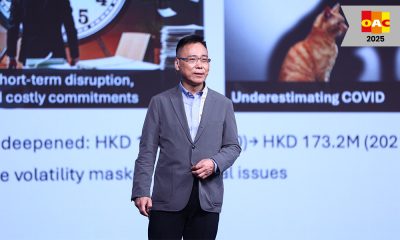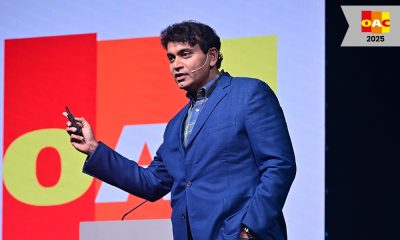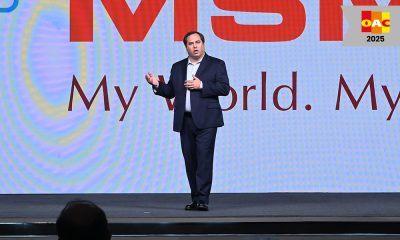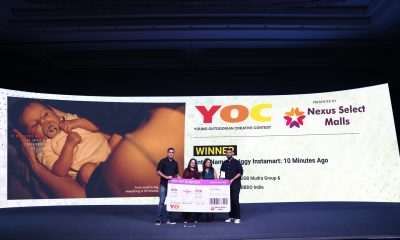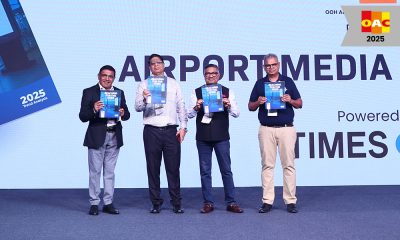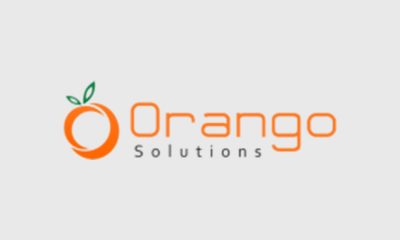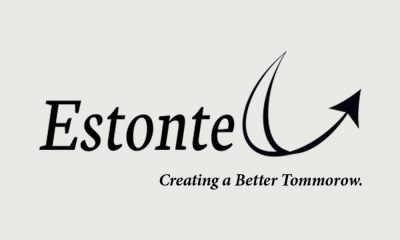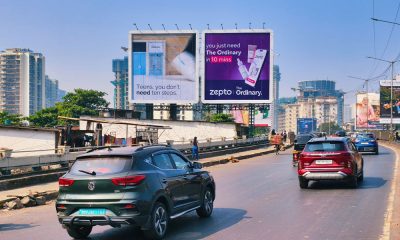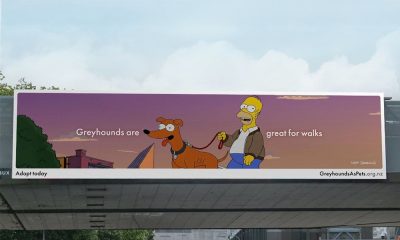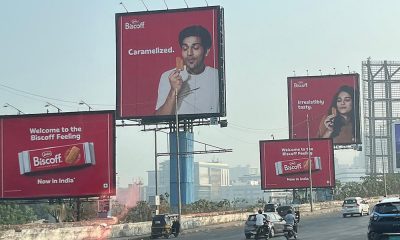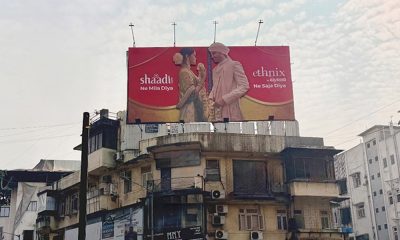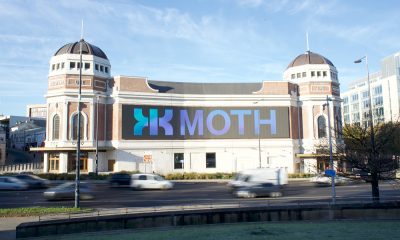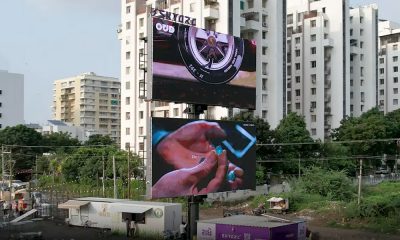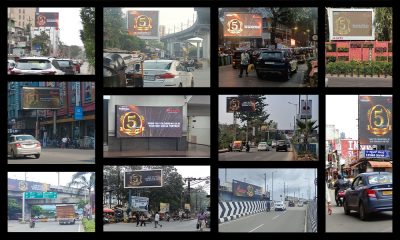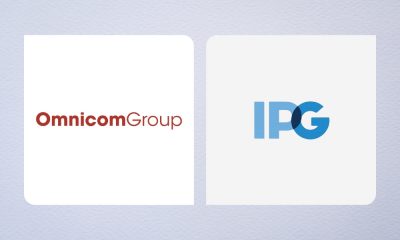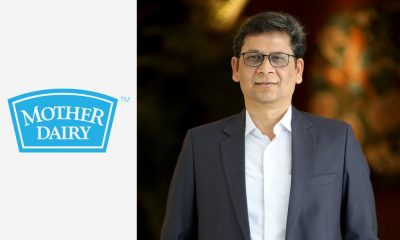OAC
‘The future of media is layered, live, and location-aware’
“As consumers become more value-conscious and environmentally aware, brands are now required to not only deliver impactful messages but also do so sustainably and measurably, the return on investment (ROI) of each media channel,” said Raghav Anand, Partner of EY, in his presentation on Day 1 of OAC 2025.
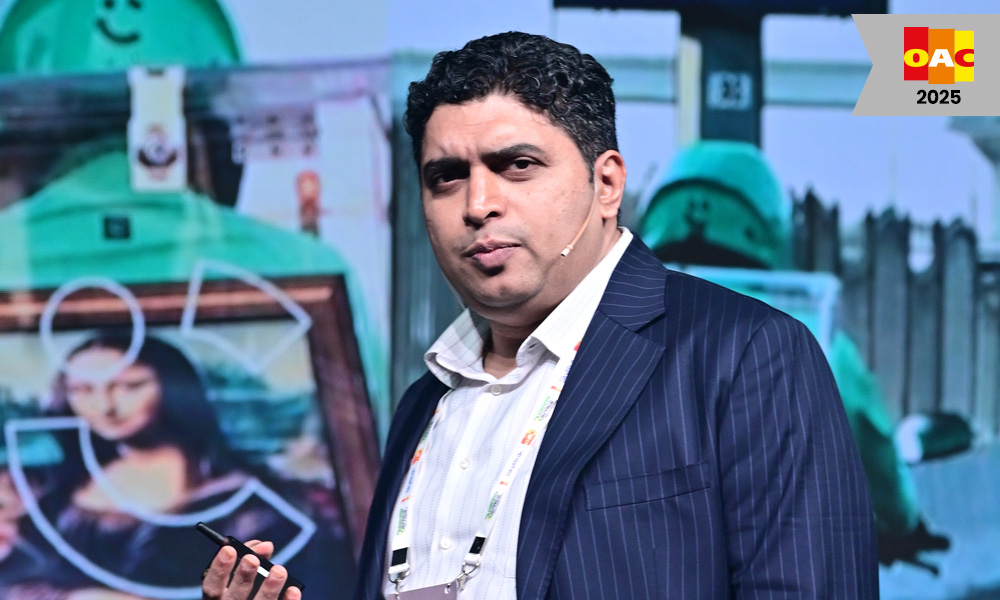
In a power-packed session on the theme ‘Unravelling the Future of Advertising Media: A glimpse into 2027’ on Day 1 of the Out of Home Advertising Convention (OAC) 2025, Raghav Anand, Partner of EY, had a lot to offer to the audience about the future of Out-of-Home (OOH) and Digital Out-of-Home (DOOH) advertising.
Raghav opened his session by discussing the growing need for data integration in advertising ecosystems. As consumers become more value-conscious and environmentally aware, brands are now required to not only deliver impactful messages but also do so sustainably and measurably. The key challenge lies in proving the return on investment (ROI) of each media channel.
He further reiterated how the Indian advertising market is reaching new heights. It has reached 1.3 trillion in 2024. He further focused on how advertising in India is evolving into a data-driven, hyper-local ecosystem fueled by digital innovation and measurable outcomes.
Shifting his focus to the OOH industry, he enlightened the audience about the scope of the OOH industry. As per insights shared by him, OOH is one of the fastest-growing ad segments after digital in India, growing at a CAGR of 11% to reach INR59 Bn in 2024.
Raghav further discussed how global innovations are shaping India’s transition to smarter, data-led, and more dynamic outdoor advertising experiences. Furthermore, citing some examples, he reiterated that transit formats are being used for hyper-contextual storytelling.
He also focused on four power plays that will drive OOH’s transition from billboards to boardrooms by 2027: Utilising programmatic technologies, forging alliances with data, upgrading infrastructure to support Dynamic Creative Optimization (DCO), and building measurement frameworks to prove ROI.
The conversation also highlighted the three key enablers that are shaping the global OOH industry. Raghav emphasised, “To use OOH to deliver an experience, there are three things that we need to look at closely. First, what is your data fluency? To deliver that, you need technology. To use data and deliver consumer experience, you need technology not just as a backend integrator, you need technology to come at the front.” The third and equally critical enabler is the integration of media channels across consumer touchpoints.
Raghav closed his session with a vision: if the OOH industry can invest in data, technology, and unified platforms, it can grow faster than any other traditional media. In his words, “The future of media isn’t linear. It’s layered, live, and location-aware. “

